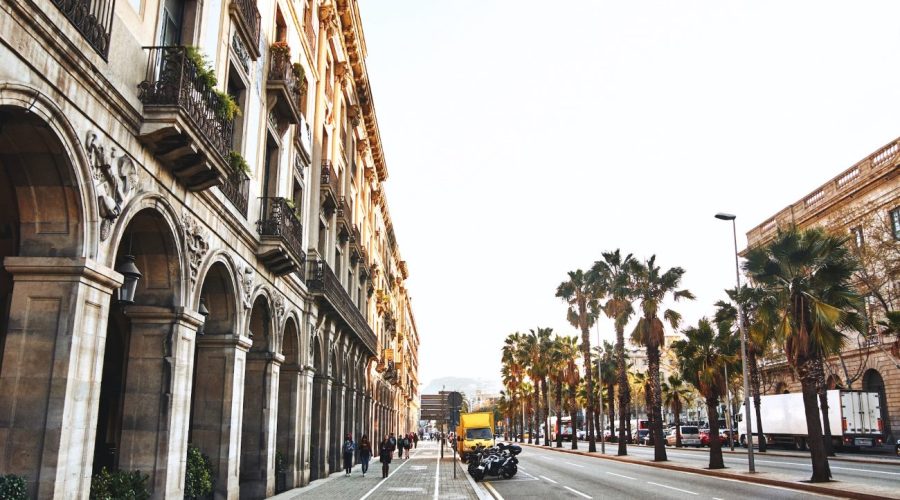How Many Tourists in Amsterdam Per Day?
Introduction
Amsterdam, the capital of The Netherlands is one of the most popular tourist destinations which boasts beautiful canal, historic buildings, numerous cultural institution, and exciting nightlife. Every year draws millions of tourists from various countries to Amsterdam to discover its sights and taste its particular flavour.
Calculating the Number of Tourists
The exact number of tourists Amsterdam receives on a daily basis can be difficult to determine due to a number of causes. However, multiple sources list approximate figures based on the authentic facts. To count the amount of tourists in Amsterdam, we have to take into account:
1. Official Statistics
The Central Bureau of Statistics (CBS) in The Netherlands gathers tourism data and offers information on the amount of visitors. 2019 reportedly saw about 19 million international visitors count for Amsterdam per the CBS, according to the CBS.
2. Hotel Occupancy Rates
Another method of determining the number of tourists is hotel occupancy rates. Amsterdam offers also a lot of possibilities of accommodation, from hotels to hostels and vacation rentals. Checking the numbers of the businesses here gives us an insight into the number of tourists visiting the city.
3. Air Passenger Data
Amsterdam Airport Schiphol is one of the busiest airports in Europe. It can also be an indicator of the tourist flow to note the number of passengers landing and taking off this airport. Schiphol Airport served more than 71 million passengers in 2019, and most of those people, were tourists.
4. Tourism Surveys
Another method to determine the number of visitors is carrying out surveys among the tourists. Tourist organisations usually gather data through questionnaires where, among other things, they ask tourists about the purpose of their visit, the duration of their stay or other relevant facts. Such surveys assist in identifying the tourist’s demographic and behavioral profiles.
Peak Tourist Seasons
Amsterdam’s tourist numbers are seasonal and some months are more popular than others. The peak tourist months are generally:
- Spring: April to June is time when the weather gets good, and tulips bloom.
- Summer: July and August, vacation and hot weather draw visitors.
- Christmas and New Year: The holiday season, especially during the Amsterdam Light Festival.
Impact of Tourism
Tourists have positive and negative impacts on Amsterdam
Positive Impacts
- Support to the local economy by spending on the accommodation, eating out s, attractions and souvenir.
- Generates jobs in the tourism sector and contributing to the development of businesses and living.
- Encourages spirit of intercultural exchange & understanding Among locals, visitors & among people of different nationality & background.
Negative Impacts
- Over tourism can take a burden on infrastructure, public transportation and touristic places.
- Rise of housing prices and shortage of affordable rent due to Tourists demand.
- Possible physical harm to the environment if sustainable practices are not used.
Tips for Tourists
If you are planning to go to Amsterdam, here are some tips for you.
1. Plan Your Visit
Prepare your itinerary in advance to get the most of your time in Amsterdam. Decide what attractions you would like to visit and book your timeslot in advance in order to avoid queues.
2. Explore Beyond the City Center
While Amsterdam’s city centre is stunning enough, don’t overlook the surrounding neighborhoods beyond all those tourist haunts. Jordaan, De Pijp or Oud-West tend to be more genuine.
3. Make Use of Public Transport
Amsterdam is well-organized in terms of public transportation, trams, buses and trains come to serve. It is advised that you buy an OV-chipkaart, a rechargeable card for convenient travel within the city.
4. Respect Local Customs
Always think of the Dutch customs and etiquette. Please follow local rules while cycling, keep the noise at a minimum, and always ask for permission before taking photos of the villagers.
5. Embrace Sustainable Tourism
Contribute to keeping Amsterdam’s character for the next generations by travelling sustainably. Opt for eco-friendly place to stay, use reusable water bottles and shun local business.
Conclusion
Although it is difficult to get an exact number of tourists in Amsterdam per day, information from official statistics, hotel occupancy rates, air passenger data and survey of tourism render valuable information regarding tourists. Amsterdam’s popularity as a tourist venue has its benefits but also its drawbacks. After the travelling journal providing the above guidelines visitors avail themselves of the trip and respect customer local customs as well as contribute to sustainable tourism for the future of her
Table of Contents



